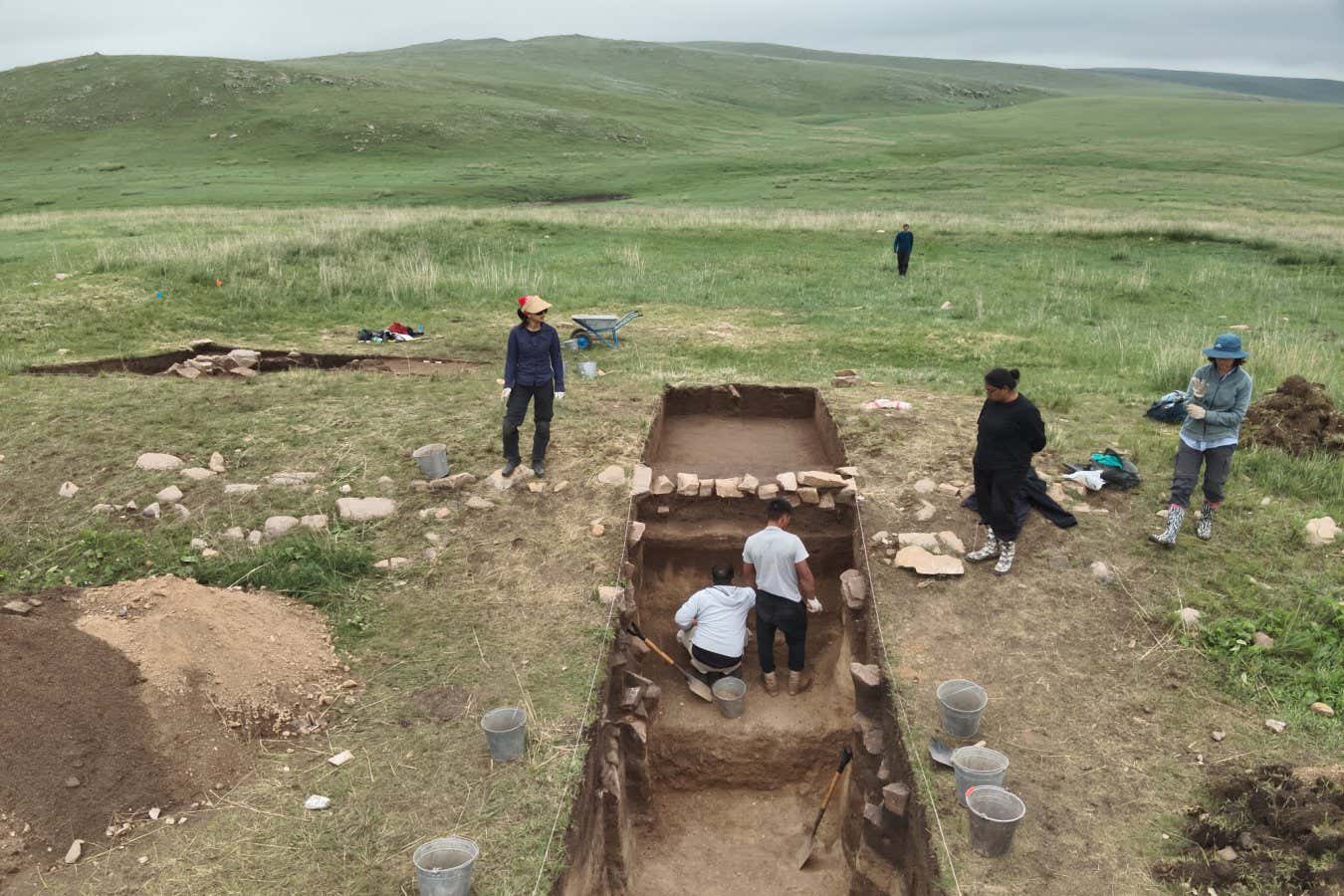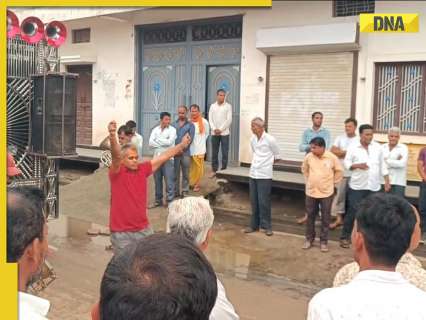Now Reading: Before the Great Wall: How Ancient Chinese Rulers Used Ditches for Defense
-
01
Before the Great Wall: How Ancient Chinese Rulers Used Ditches for Defense
Before the Great Wall: How Ancient Chinese Rulers Used Ditches for Defense

Rapid Summary
- Archaeologists in Mongolia have excavated parts of an earlier wall system that predates the Great Wall of China.
- The system, which dates back to the 10th-12th centuries, spans approximately 4000 kilometers and includes trenches, walls, and enclosures.
- Built chiefly by the Jin dynasty (1115-1234),it was used to control movement or demonstrate power rather than for defense against Mongol armies.
- A study of a 405-kilometer section in Mongolia revealed ditches about 1 meter deep and 3 meters wide with earth piled into walls up to 2 meters tall. Stone enclosures were placed periodically along the structure.
- Excavations indicate people living within these structures year-round practiced agriculture – despite modern inhabitants relying on herding rather of farming in this region today. Items found include coins from Song dynasty rivals, ceramics, tools like plough heads, and heating platforms used as stoves or bedding.
Indian Opinion Analysis
The excavation highlights how historical infrastructure often served purposes beyond military defense-such systems could manage movement or exert political power over vast territories. The Jin era wall demonstrates parallels with contemporary border management practices worldwide but also provides insight into coexistence between pastoral economies and sedentary agriculture communities centuries ago.
For India’s historians and archaeologists, examining such developments offers a comparative framework for studying ancient methods of territorial control around Indian borders-be it Mauryan fortifications or medieval dynastic outposts-and what they reveal about cultural interactions across trade routes or migration corridors.
Moreover, evidence of high investment in construction aligns with broader patterns seen across Eurasia during medieval periods: rulers investing resources strategically to assert dominance while fostering localized economies amidst adversarial dynamics like rivalries (here between Jin/Chinese Song). This may inspire further research into similar hybrid roles played by India’s ancient structures beyond traditional defensive uses.



























